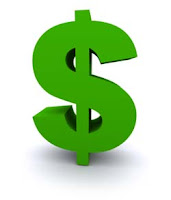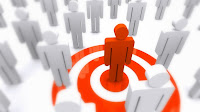
In my role as marketing manager for the past 7 years, I have
run many email marketing and traditional marketing campaigns. Here is a rough comparison of the average costs involved in each channel for sending a single-page flyer/newsletter to 10,000 recipients:
Cost of direct marketing to 10,000 recipients
Item
|
Traditional Mail
|
Email Marketing
(Own mailing list)
|
Email Marketing
(3rd
party mailing list)
|
Content and Artwork
|
$ 1,000
|
$ 100
|
$ 100
|
Printing and Addressing
|
$ 2,500
|
0
|
0
|
Mailing
|
$ 2,500
|
0
|
$ 2,500
|
Total cost to reach 10,000 recipients
|
$ 6,000
|
$ 100
|
$ 2,600
|
Cost per recipient
|
$ 0.6
|
$ 0.01
|
$ 0.26
|
Cost is not the only factor involved. You should also consider the time it takes process a campaign. Here's a rough comparison of the average time for each channel (again for 10,000 recipients).
Time required for direct marketing to 10,000 recipients
Item
|
Traditional Mail
|
Email Marketing
(Own mailing list)
|
Email Marketing
(3rd
party mailing list)
|
Content and Artwork
|
5 days
|
4 hours
|
1 day
|
Printing and Addressing
|
2 days
|
0
|
0
|
Mailing
|
2 days
|
0
|
1 day
|
Total time to reach 10,000 recipients
|
9 days
|
4 hours
|
2 days
|
You can see the difference is extremely large.Now imagine how much longer it takes if you want to test your campaign on a small portion of your mailing list before sending to all!



